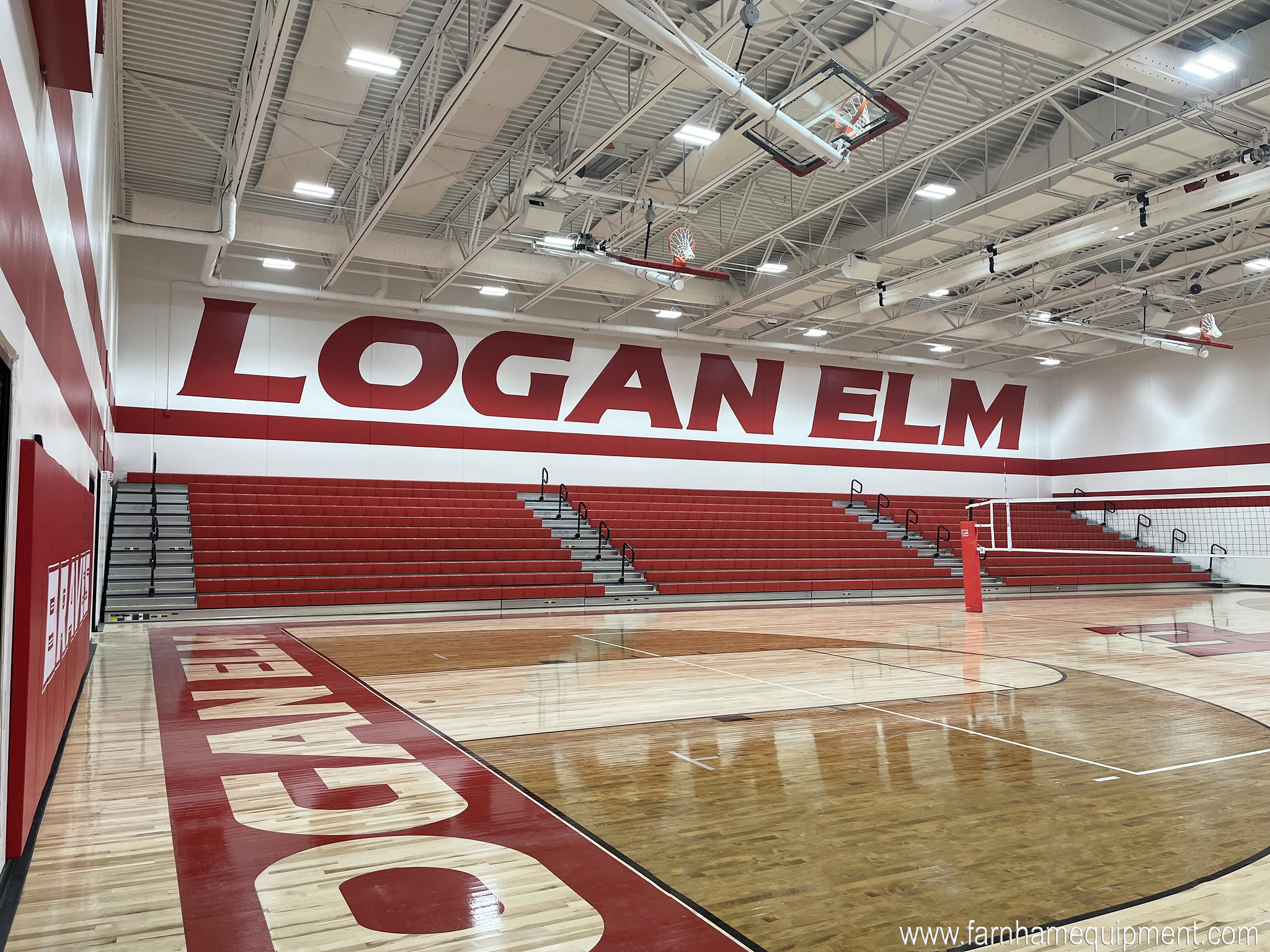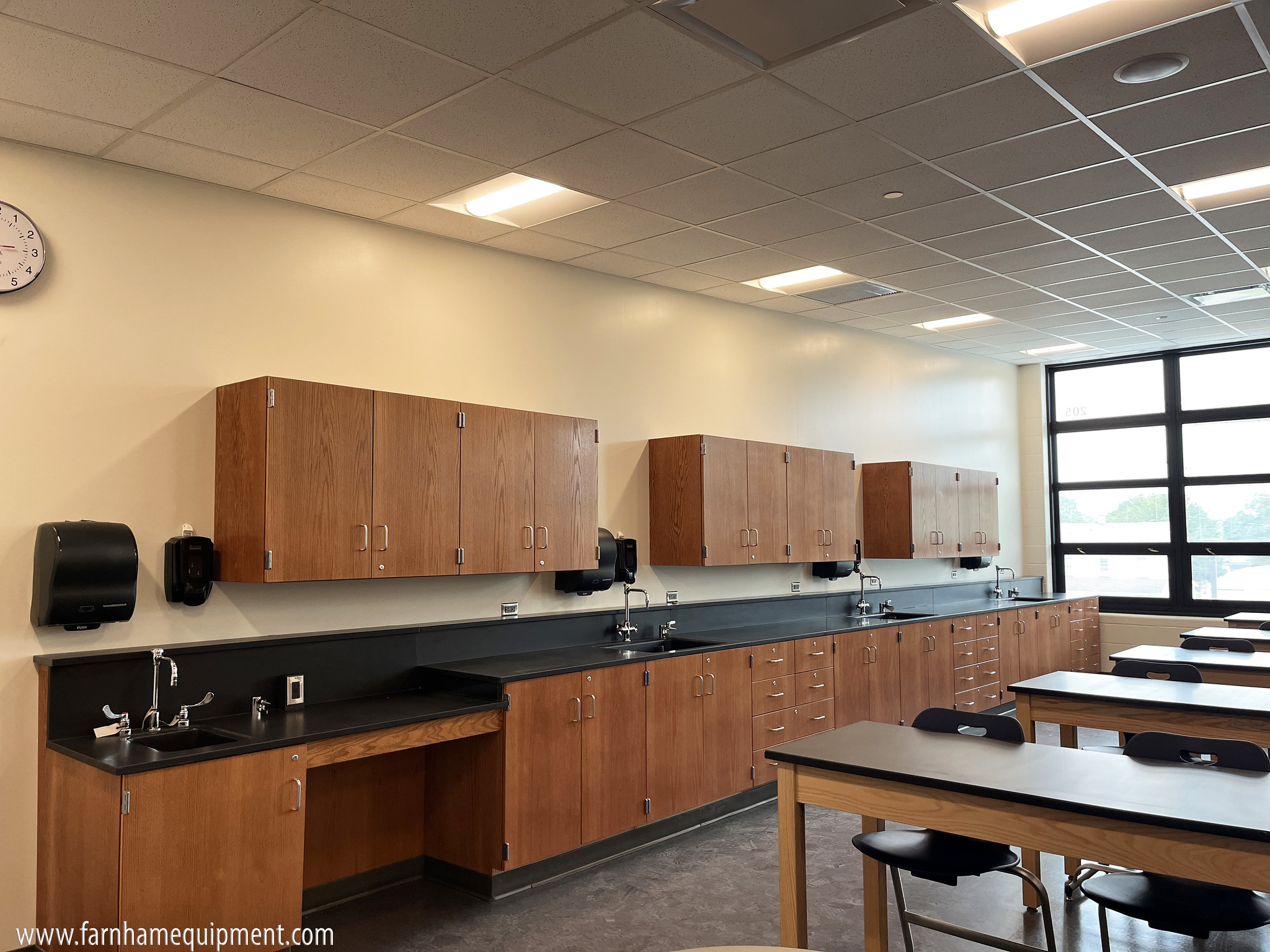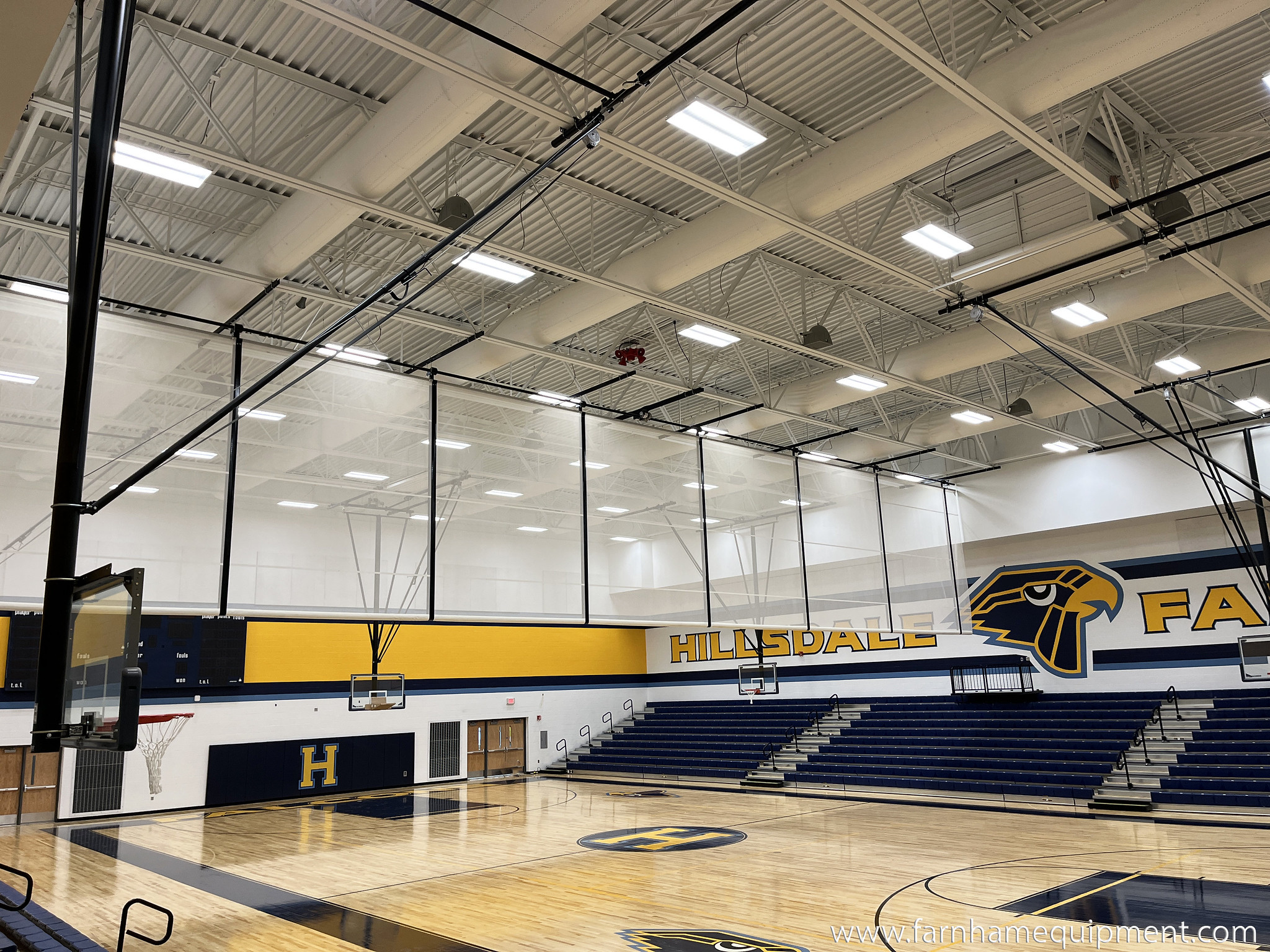How to Increase the Lifespan of Your Backboard
Guest Post by Performance Sports Systems
Identify Your Play Level
When choosing a backboard, first evaluate what your level of play will be (e.g. collegiate competition play, high school competition play, youth/k-8 play, or recreational play). Matching your backboard to your play level will ensure that your board can withstand the level of usage without damage or multiple replacements, thus increasing the lifespan of your board. In addition, it will prevent overspending on equipment that you don’t need. The major high school and collegiate athletic associations have rules regarding backboard size and material, which removes much of the guesswork when making purchasing decisions for these levels of play. However, for youth and recreational play, consider usage level, player ages, and budget when deciding on an appropriate backboard.
Determine Your Play Environment
It’s also important to match your play environment with your backboard type in order to maximize the lifespan of the board. Is your basketball court in an indoor facility or an outdoor court? Indoor basketball systems are much more versatile in that you are not limited by weather or vandalism concerns when choosing your board material. However, if you have an outdoor court you will want to consider weather elements, amount of usage and exposure to the general public, and the possibility of vandalism when choosing a board type. Steel and aluminum boards are the most popular for outdoor use because of their strength, durability, and rust prevention (aluminum). Glass and acrylic boards have also become more commonly used outdoors, although manufacturers typically recommend those for residential and private play settings. Ensuring that you have the correct board type for your play environment will prevent damage and misuse, adding years of life to your board.
Choose a Breakaway Goal
A breakaway goal should be used on your basketball system whenever possible. The spring mechanism in a breakaway goal lessens the stress placed on the board when dunking occurs. This is especially important if you are using a glass backboard, as it will greatly decrease the chance of your board breaking during heavy play or over a long period of time.
Use a Direct Goal Attachment
A direct goal attachment occurs when the backstop (i.e. outdoor post, wall-mounted structure, ceiling-hung structure, or portable system boom), backboard, and goal are all connected together at the same location. This attachment method allows the load and force of the player to be transferred to the backstop if a player dunks or hangs on the rim. If a rim is connected to the bottom of the board and the backstop is connected to the middle of the board, the load is transferred directly to the backboard when a player dunks. This increases the risk of premature damage and breakage of the board.
Follow Manufacturer’s Guidelines
Always install backboards in accordance with the manufacturer’s installation instructions. Proper installation will prevent possible damage to the board during assembly and will ensure that your system is correctly set up to withstand play activities.
Perform Annual Inspections
All basketball systems, regardless of equipment type or play level, should be inspected at least once a year. All backboard connections to the backstop should be checked to make sure they are secure and tight. In addition, inspect board components such as struts and frames for damage and replace if needed. Regular maintenance of your boards will ensure that they provide years of safe, worry-free use.
Want to Know More About Your Equipment?
Schedule a Free Gym Safety Session


